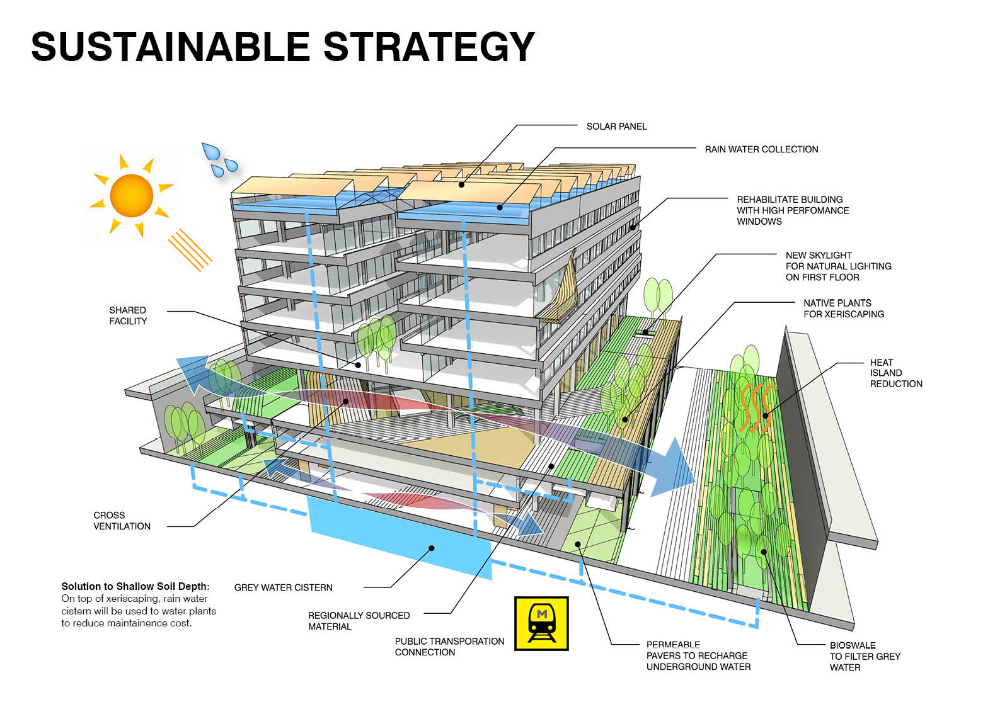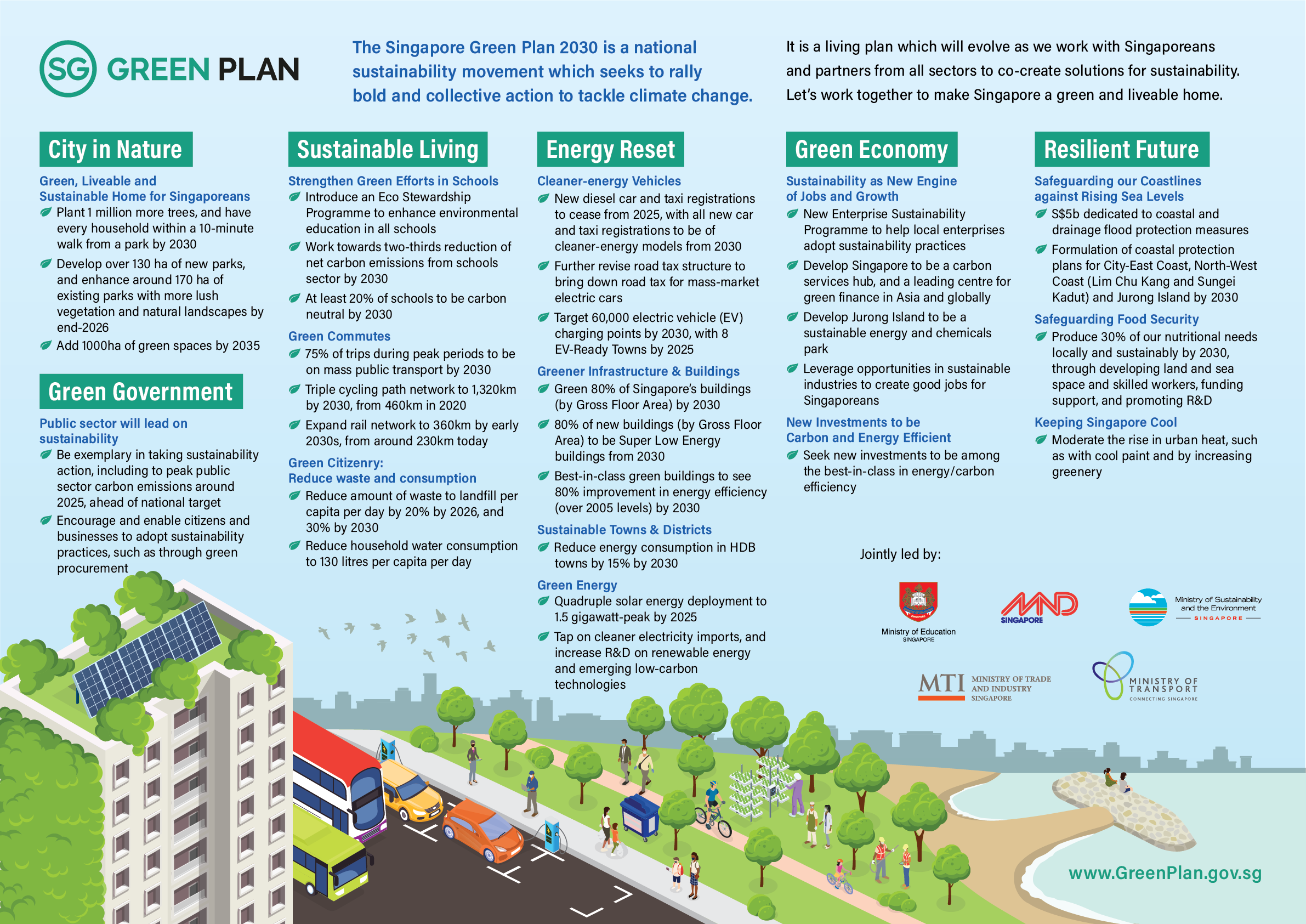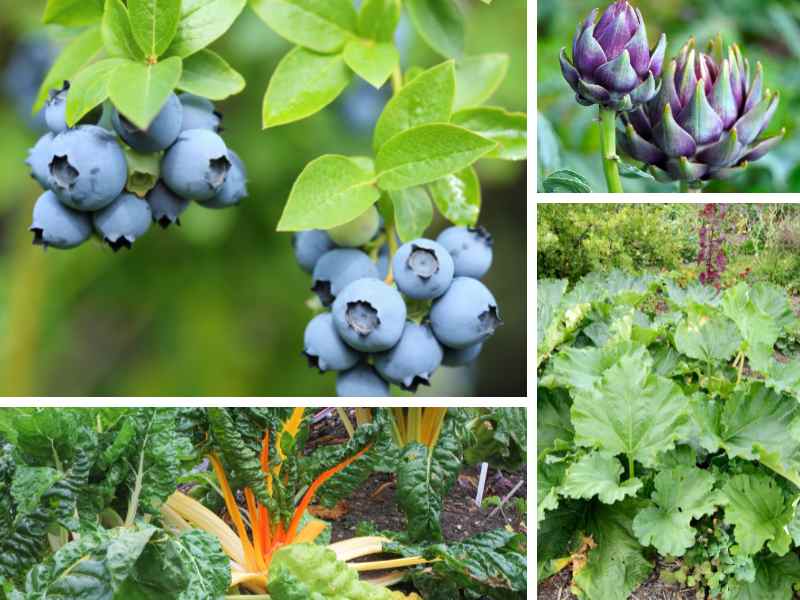
Building a Greener Tomorrow: Sustainable Landscape Construction Techniques for a Thriving Planet
The world is changing, and with it, our understanding of what it means to live sustainably. We’re no longer just talking about recycling our bottles and turning off the lights; we’re looking at the very foundations of how we build and interact with our environment. This shift is particularly evident in the realm of landscape construction, where the potential for environmental impact is significant. Fortunately, there’s a growing movement towards sustainable landscape construction techniques, offering a pathway to create beautiful, functional, and environmentally responsible outdoor spaces. This article dives deep into these techniques, exploring the ‘how’ and ‘why’ of building a greener tomorrow.
The Urgent Need for Sustainable Landscape Practices
Before we get into the specifics, it’s crucial to understand why sustainable landscape construction is so important. Traditional landscaping practices often contribute to a range of environmental problems, including:
- Water Waste: Overwatering lawns and gardens is a common issue, leading to water scarcity and increased water bills.
- Pollution: The use of chemical fertilizers, pesticides, and herbicides can contaminate soil and water sources, harming both human and wildlife health.
- Habitat Destruction: Clearing land for landscaping projects can destroy natural habitats, impacting biodiversity and ecosystem health.
- Greenhouse Gas Emissions: The use of gas-powered equipment, transportation of materials, and the production of certain landscaping materials contribute to greenhouse gas emissions and climate change.
- Soil Erosion: Improper landscaping practices can lead to soil erosion, which can damage property, pollute waterways, and reduce soil fertility.
Sustainable landscape construction addresses these issues by prioritizing environmental responsibility at every stage of the project, from design and planning to construction and maintenance. It’s about making choices that minimize negative impacts and maximize the positive contributions of landscaping to our planet’s health.
Key Principles of Sustainable Landscape Construction
The core principles of sustainable landscape construction guide the selection of materials, the design of the space, and the methods used during construction. These principles include:
- Water Conservation: Using water-efficient irrigation systems, choosing drought-tolerant plants, and implementing rainwater harvesting techniques.
- Soil Health: Improving soil quality through composting, mulching, and avoiding the use of harmful chemicals.
- Material Selection: Choosing locally sourced, recycled, and renewable materials whenever possible.
- Waste Reduction: Minimizing waste generation through careful planning, reuse of materials, and proper disposal of waste.
- Energy Efficiency: Using energy-efficient equipment and incorporating design features that reduce energy consumption.
- Biodiversity Enhancement: Creating habitats that support native plants, pollinators, and wildlife.
Sustainable Landscape Construction Techniques: A Detailed Look
Now, let’s delve into the specific techniques that make up the foundation of sustainable landscape construction. These practices are not just good for the environment; they also often lead to more beautiful, resilient, and cost-effective landscapes.
1. Water Management and Conservation
Water is a precious resource, and conserving it is paramount in sustainable landscaping. Several techniques help achieve this:
- Xeriscaping: This involves designing landscapes that require little to no supplemental irrigation. It focuses on using drought-tolerant plants, grouping plants with similar water needs, and using efficient irrigation methods.
- Rainwater Harvesting: Collecting rainwater from rooftops and storing it for irrigation or other non-potable uses. This reduces reliance on municipal water supplies and can significantly lower water bills.
- Efficient Irrigation Systems: Using drip irrigation, soaker hoses, and smart irrigation controllers that adjust watering schedules based on weather conditions. These systems deliver water directly to plant roots, minimizing water waste.
- Mulching: Applying a layer of organic mulch, such as wood chips or shredded bark, around plants. Mulch helps retain soil moisture, suppress weeds, and regulate soil temperature.
2. Soil Health and Improvement
Healthy soil is the foundation of a thriving landscape. Sustainable practices prioritize soil health through:
- Composting: Adding compost to the soil to improve its structure, fertility, and water-holding capacity. Compost is a natural soil amendment made from decomposed organic matter.
- Avoiding Chemical Fertilizers and Pesticides: Using organic fertilizers, such as compost tea or fish emulsion, and employing integrated pest management (IPM) strategies to control pests and diseases.
- Soil Testing: Regularly testing soil to determine its nutrient levels and pH. This information helps guide the selection of appropriate plants and soil amendments.
- Cover Cropping: Planting cover crops, such as clover or rye, to improve soil health, prevent erosion, and suppress weeds.
3. Material Selection and Sourcing
The materials used in a landscape project have a significant impact on its sustainability. Sustainable landscape construction favors:
- Locally Sourced Materials: Choosing materials from local suppliers reduces transportation costs and emissions, supports local businesses, and often results in materials that are better adapted to the local climate.
- Recycled Materials: Utilizing recycled materials, such as reclaimed wood, recycled plastic decking, and crushed concrete, reduces waste and conserves resources.
- Renewable Materials: Opting for renewable materials, such as bamboo and sustainably harvested wood, reduces the demand for non-renewable resources.
- Durable Materials: Selecting materials that are durable and require minimal maintenance to extend their lifespan and reduce the need for replacements.
4. Waste Reduction and Management
Minimizing waste is a crucial aspect of sustainable landscape construction. This involves:
- Careful Planning: Thoroughly planning the project to minimize material waste and ensure efficient use of resources.
- Material Reuse: Reusing materials whenever possible, such as salvaged bricks or paving stones.
- Recycling: Recycling construction debris, such as concrete, metal, and wood.
- Composting Green Waste: Composting plant trimmings and other green waste to create nutrient-rich soil amendments.
5. Energy Efficiency in Landscape Construction
Reducing energy consumption is another key element of sustainability. This can be achieved through:
- Using Energy-Efficient Equipment: Employing electric or battery-powered tools and equipment instead of gas-powered alternatives.
- Incorporating Passive Design Features: Designing the landscape to take advantage of natural light, shade, and wind patterns to reduce energy consumption for heating, cooling, and lighting.
- Using Renewable Energy Sources: Installing solar-powered lighting and irrigation systems.
6. Biodiversity Enhancement
Sustainable landscaping aims to create habitats that support a diverse range of plant and animal life. This involves:
- Planting Native Plants: Choosing native plants that are adapted to the local climate and provide food and shelter for native wildlife.
- Creating Wildlife Habitats: Building birdhouses, bat houses, and other structures to provide shelter for wildlife.
- Providing Water Sources: Installing birdbaths, ponds, or other water features to provide water for wildlife.
- Avoiding Pesticides and Herbicides: Protecting pollinators and other beneficial insects by avoiding the use of harmful chemicals.
The Benefits of Sustainable Landscape Construction
Embracing sustainable landscape construction techniques offers a multitude of benefits, both for the environment and for property owners:
- Environmental Protection: Reduces water consumption, minimizes pollution, protects habitats, and reduces greenhouse gas emissions.
- Improved Soil Health: Enhances soil fertility, improves water infiltration, and reduces the need for chemical fertilizers and pesticides.
- Cost Savings: Reduces water bills, energy costs, and the need for expensive maintenance.
- Increased Property Value: Creates aesthetically pleasing and environmentally friendly landscapes that can increase property value.
- Enhanced Biodiversity: Supports native plants and wildlife, creating a more vibrant and healthy ecosystem.
- Healthier Environment: Reduces exposure to harmful chemicals and creates a more pleasant and enjoyable outdoor space.
- Resilience to Climate Change: Creates landscapes that are more resilient to drought, flooding, and other climate change impacts.
Implementing Sustainable Landscape Construction: A Step-by-Step Guide
Transitioning to sustainable landscape construction can seem daunting, but it doesn’t have to be. Here’s a step-by-step guide to help you get started:
- Assess Your Site: Evaluate the existing conditions of your site, including soil type, sun exposure, drainage, and existing vegetation.
- Develop a Design Plan: Create a detailed design plan that incorporates sustainable principles, such as water conservation, soil health, and biodiversity enhancement. Consider the specific needs of the site and the preferences of the client.
- Choose Sustainable Materials: Select locally sourced, recycled, and renewable materials whenever possible. Research the environmental impact of different materials and choose those with the lowest impact.
- Prepare the Site: Prepare the site for construction, taking care to minimize soil disturbance and erosion. Protect existing vegetation and wildlife habitats.
- Install Irrigation Systems (If Necessary): Install water-efficient irrigation systems, such as drip irrigation or soaker hoses. Consider using smart irrigation controllers that adjust watering schedules based on weather conditions.
- Plant Native Plants: Choose native plants that are adapted to the local climate and provide food and shelter for native wildlife. Group plants with similar water needs together to create water-efficient planting beds.
- Apply Mulch: Apply a layer of organic mulch around plants to retain soil moisture, suppress weeds, and regulate soil temperature.
- Maintain the Landscape: Regularly maintain the landscape, including watering, fertilizing, and pruning. Avoid the use of chemical fertilizers, pesticides, and herbicides.
- Monitor and Evaluate: Monitor the landscape’s performance and make adjustments as needed. Evaluate the effectiveness of the sustainable practices and identify areas for improvement.
Finding the Right Professionals for Sustainable Landscape Construction
Partnering with experienced professionals is crucial for a successful sustainable landscape project. Look for landscape architects, designers, and contractors who have a proven track record of incorporating sustainable practices into their work. Consider the following when choosing professionals:
- Experience and Expertise: Look for professionals with experience in sustainable landscape construction techniques and a deep understanding of environmental principles.
- Certifications: Consider professionals with certifications in sustainable landscaping, such as the Sustainable Landscape Professional (SLP) or the LEED Green Associate.
- Portfolio: Review their portfolio of previous projects to assess their design skills, construction quality, and commitment to sustainability.
- References: Contact references to learn about their experience working with the professional and the results of their projects.
- Communication and Collaboration: Choose professionals who communicate effectively and are willing to collaborate with you throughout the project.
The Future of Landscape Construction: Embracing a Greener Path
The future of landscape construction is undeniably sustainable. As awareness of environmental issues grows, and as the benefits of sustainable practices become increasingly clear, more and more people are choosing to create outdoor spaces that are both beautiful and environmentally responsible. This shift is driven by a combination of factors, including:
- Growing Environmental Awareness: Increased awareness of climate change, water scarcity, and other environmental issues is driving demand for sustainable solutions.
- Government Regulations and Incentives: Governments are increasingly implementing regulations and providing incentives to promote sustainable practices.
- Technological Advancements: Advancements in technology, such as smart irrigation systems and renewable energy sources, are making sustainable practices more efficient and cost-effective.
- Consumer Demand: Consumers are increasingly demanding sustainable products and services, including sustainable landscaping.
- Cost-Effectiveness: Sustainable practices often lead to long-term cost savings through reduced water bills, energy costs, and maintenance expenses.
By embracing sustainable landscape construction techniques, we can create outdoor spaces that are not only beautiful and functional but also contribute to a healthier planet. This is an investment in the future, a commitment to creating a world where humans and nature can thrive together. The journey toward sustainable landscaping is a continuous process of learning, adapting, and innovating. By staying informed, embracing new technologies, and collaborating with professionals, we can all play a part in building a greener tomorrow.
Conclusion: Planting Seeds of Sustainability
Sustainable landscape construction is more than just a trend; it’s a crucial step towards a more environmentally responsible future. By incorporating water conservation, soil health practices, responsible material selection, waste reduction, energy efficiency, and biodiversity enhancement, we can create outdoor spaces that are both beautiful and beneficial to the planet. The techniques and strategies outlined in this article provide a comprehensive guide for anyone looking to embark on a sustainable landscaping project. Whether you’re a homeowner, a landscape professional, or simply someone who cares about the environment, there are steps you can take to make a difference. Let’s plant the seeds of sustainability today and cultivate a greener tomorrow, one landscape at a time.


